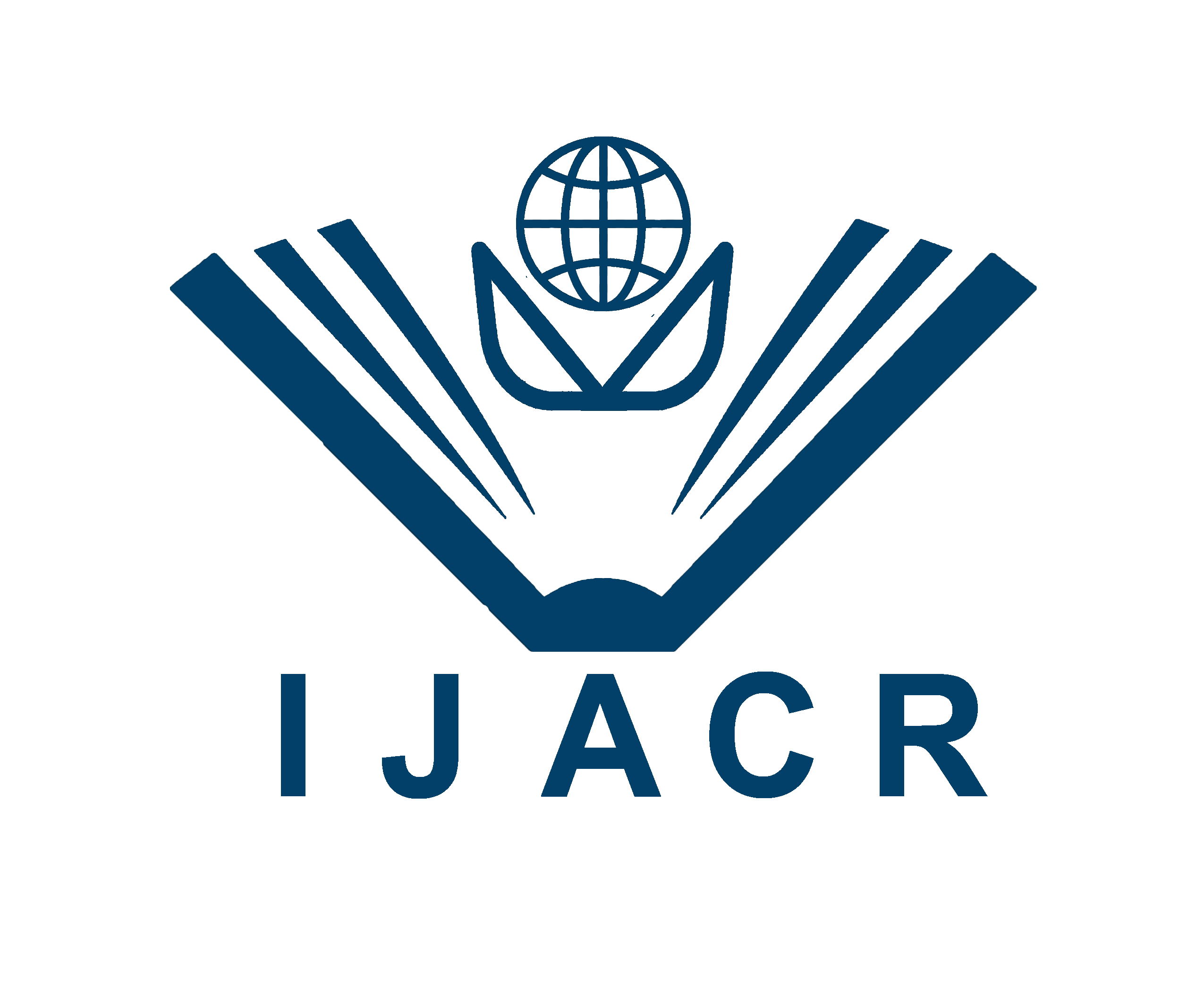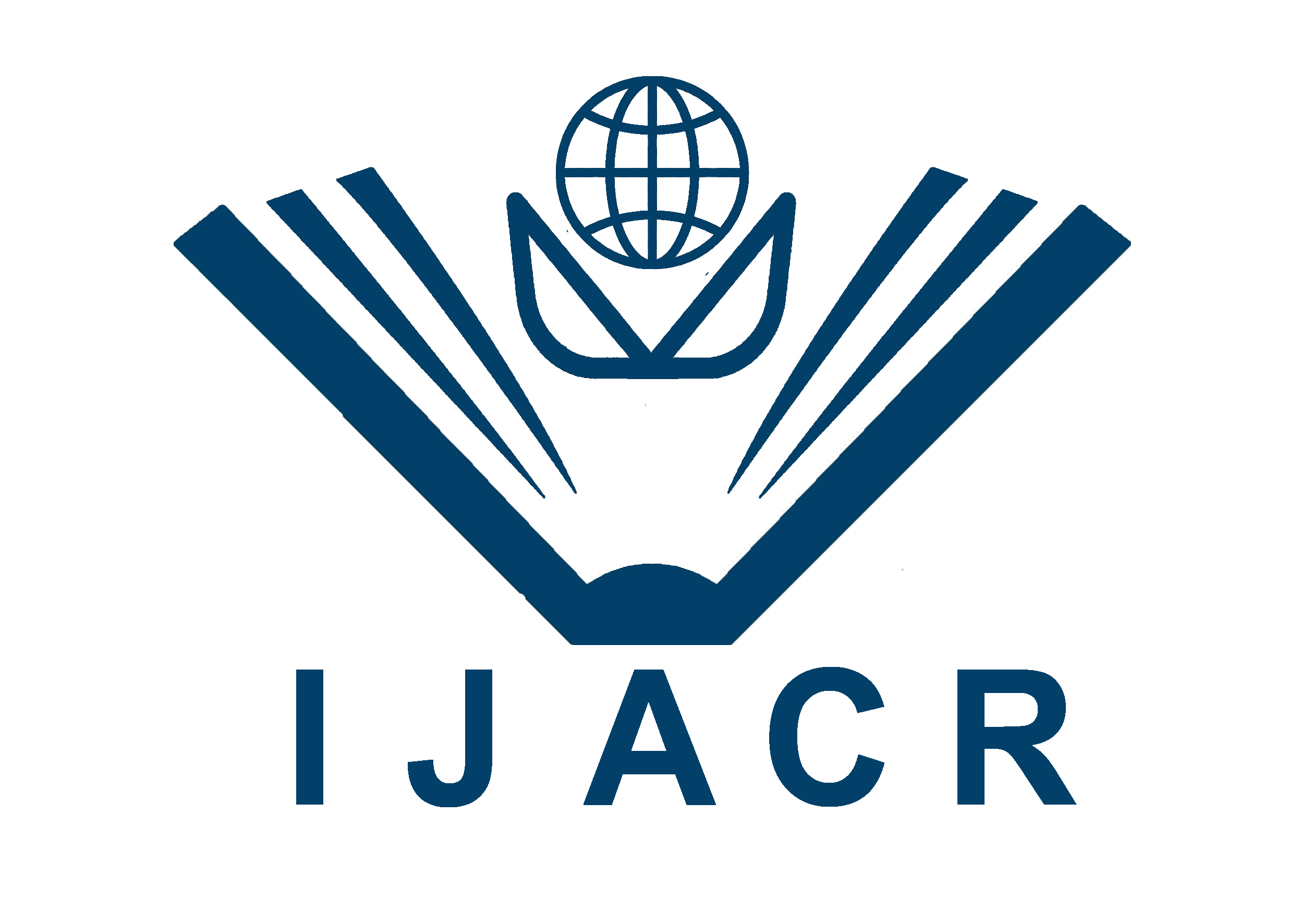International Journal for Asian Contemporary Research, 4(1): 13-19
Effect of Zn and B on Growth, Yield and Nutritional Quality of Garden Pea (Pisum sativum L)
Received: 05 March, 2024 || Accepted: 17 May, 2024 || Published: 18 May, 2024
A B S T R A C T
Garden Pea, (Pisum sativum L), herbaceous annual plant in the family Fabaceae, grown virtually worldwide for its edible seeds. Peas can be bought fresh, canned, or frozen, and dried peas are commonly used in soups.The experiment was conducted at the experimental field of Department of Horticulture, Bangabandhu Sheikh Mujibur Rahman Agricultural University, Salna, Gazipur, Bangladesh. The soil of the experimental plot was silty clay loam in texture having pH 6.3 and the soil type belongs to the shallow red brown terrace soil under Salna series of Madhupur tract in Agro Ecological Zone (AEZ) 28. The experiment was conducted with garden pea variety BARI Motorshuti-3. The experiment consisted of two factors: Factor A: Zinc (0, 2, 4 and 6 kg ha-1) and Factor B: Boron (0, 1, 2 and 3 kg ha-1). The experiment was laid out in a Randomized Completely Block Design (RCBD) with three replications. Results reveal that all the Growth and yield parameter of garden pea except days to first flowering responded significantly due to interaction of Zn and B. The maximum dry seed yield (3.97 tha-1) was recorded with the treatment Zn4B2 (Zn @ 4 t and B @ 2 t ha-1). Nutritional quality of garden pea except protein and ascorbic acid responded significantly due interaction of Zn and B. The highest amount P, K and β–carotene was recorded with Zn4B2. Whereas, maximum amount of Ca and total sugar was recorded with Zn6B2. The results suggest that the application of Zn4B2 kg ha-1 along with with NPK and cow dung @ 40, 20, 25 kg ha-1 and 5 t ha-1 can support the higher yield of garden pea in shallow red brown terrace soils of Bangladesh.
Keywords: Zinc and boron, growth, yield and nutritional quality.
Copyright information: Copyright © 2024 Author(s) retain the copyright of this article. This work is licensed under a Creative Commons Attribution 4.0 International License
To cite this article: Uddin, S.N., Zakaria, M., Hossain, M.M., Hossain, T., Karim, A.J.M.S., Sayeed, M.A., and Hossain, G.M.A. (2024). Effect of Zn and B on Growth, Yield and Nutritional Quality of Garden Pea (Pisum sativum L). International Journal for Asian Contemporary Research, 4 (1): 13-19
References
- Agrawal, M. M. and C. P. Sharma. 2005. Effect of sulphur and molybdenum with Rhizobium and PSB on yield and nutrient uptake in chick pea. Farm Science J. 15: 20-2
- Alam, I., Paul A. K., Sultana, S and Bithy, P. A. 2020. Effect of Zinc and Molybdenum on the Growth and Yield of Garden Pea (Pisum sativum L.). International Journal of Bio-resource and Stress Management 2020, 11(4), 425-431. HTTPS://DOI.ORG/10.23910/1.2020.2138.
- Alam, M. K., Uddin, M. M., Ahmed, M., Latif, M. A. and Rahman, M. M. 2010. Growth and green pod yield of garden pea varieties under different nutrient levels. J. Agrofor. Environ. 4 (1): 105-107.
- Bhamare RS, Sawale DD, Jagtap PB, Tamboli BD, Kadam M. Effect of iron and zinc on growth and yield of French bean in iron and zinc deficient inceptisol soil. Int. J Chem. Stud 2018;6(3):3397-3399.
- Borah, L. and Saikia, J. 2021. Effect of foliar application of zinc on growth and yield of garden pea (Pisum sativum L.) in Assam condition. Int. J Chem Stud. 9(2): 869-872. DOI: https://doi.org/10.22271/chemi.2021.v9.i2m.11927.
- Cataldo, D.A., Haroon, M., Sehrader, L.E. and Youngs, V.L. 1975. Rapid colorimetric determination of nitrate in plant tissue by titration of salicylic acid. Commun Soil Sci. Plant. Anal. 6:71-80.
- Chatterjee, R. and S. Bandyopadhyay. 2015. Effect of boron, molybdenum and biofertilizers on growth and yield of cowpea (Vigna unguiculata L. Walp.) in acid soil of eastern Himalayan region. Journal of the Saudi Society of Agricultural Sciences. 16: 332–336. http://dx.doi.org/10.1016/j.jssas.2015.11.001.
- Darwish, D. S., El-G. El-Gharreib, M. A. El-Hawary and O. A. Rafft. 2002. Effect of some macro and micronutrients application on peanut production in saline soil in El-Faiyum Goverorate. Egypt. J. Appl. Sci. 17:17-32.
- Farid, A. T. M, M. Mojibur Rahman and N. C. Sheel. 2003. Deficiency symptoms of micronutrients and its remedy, Soil Science Division, Bangladesh Agricultural Research Institute, Joydevpur, Gazipur.
- Frageria, N. K. 2002. Influence of micronutrient on dry matter yield and interaction with other nutrients in annual crops. Pesq. Agropec. Bras. 37(12)Brasilia. Pp. 2321-2329.
- Gupta, J. C. 1980. Soil Salinity and Boron Toxicity. Current Agri. 4(1-2) : 1-16. Alpha-naphthalene acetic acid on variation in free amino acid content in developing fruit of Capsicum annum L. Ann. Bot. b 55: 133-137.
- Hamsa Aparna, Puttaiah ET. Residual Effect of Zinc and Boron on Growth and Yield of French bean (Phaseolus vulgaris L.)-Rice (Oryza sativa L.) Cropping system. International Journal of Environmental Sciences. 2007; 3(1).
- Islam, M. F., Nahar, S. , Rahman, J., Alam, M. S. and Molla, M. M. 2018. Effect of zinc and boron on the yield and yield components of French bean. Int. J. Nat. Soc. Sci., 5(1):59-63.
- Islam, M. S. and M. N. Anwar. 1994. Production technologies of oil seed crops. Recommendations and future plan. In proceeding of workshop on transfer of technology of CDP crops under research extension linkage programme, Bangladesh Agriculture Research Institute, Gazipur. pp 20-27.
- Kalloo. 1985. Tomato. Allied Publishers Private Limited, New Delhi, India. pp. 204-211.
- Karim, M.R. 2016. Response of lentil to zinc, boron and molybdenum application in terrace soil of Bangladesh. MS Thesis, Deprtment of Agronomy, Bangabandhu Sheikh Mujibur Rahman Agricultural University, Salna, Gazipur-1706.
- Kasturikrishna, S. and I.P.S. Ahlawat. 2000. Effect of moisture stress and phosphorus, sulphur and zinc fertilizer on growth and development of pea (Pisum sativum). Indian Journal of Agronomy 45(2): 353-356.
- Kumar, R., N. K. Mehrotra, B. D. Nautiyal, P. Kumar and P. K. Singh. 2008. Effect of copper on growth, yield and concentration of Fe, Mn, Zn and Cu in wheat plants (Triticum aestivum L.). J. Environ. Biol. 30: 485-488.
- Lindner. 1944. Rapid Analytical Methods For Some of the More Common inorganic Constituents of Plant Tissues. Plant Physiology, 19 (1): 76–89.
- Magalhaes, J.R. Dc., C.E.W.L. Solwa Dc. and P.H. Monnerat.1980. Levels and methods of boron application in tomatoes. Pesquisa Agropecuria Brasilesia 10 (2): 153-157 [Cited from Hort. Abstr. 50(4): 2031, 19811.
- Márquez-Quiroz, C., E. De-la-Cruz-Lázaro, R. Osorio-Osorio and E. Sánchez-Chávez. 2015. Biofortification of cowpea beans with iron: iron´s influence on mineral content and yield. J. Soil Sci. Plant Nutr. 15 (4): 839-847.
- Nagata, M. K. and D. I. Yamashita. 1992. Simple method for simultaneous determination of Chlorophyll and Carotenoids in tomato. J. Japan Soc. Hort. Sci. 61(2): 686-687. (supplementary issue). Pleshkov. B.P. 1976. Practical Work on Plant Biochemistry. Moscov. Kolos. Pp.236-238.
- Necat Togay, Vahdettin Ciftci, Yesim Togay. The effects of zinc fertilization on yield and some yield components of dry bean (Phaseolus vulgaris L.). Asian Journal of Plant Sciences. 2004; 3(6):701-704.
- Padma M, Reddy SA, Babu RS. Effect of foliar sprays of molybdenum (Mo) and boron (B) on vegetative growth and dry matter production of French bean (Phaseolus vulgaris L.). The Journal of. Research. Andhra Pradesh Agricultural University. 1989; 17:87-89.
- Pleshkov, B. P. 1976. Practical works on plant boochemistry. Moscow, Kolos. pp. 236-238.
- Quddus, M. A., Hossain, M. A., Naser, H. M. and Akhtar, S. 2018. Effects of zinc and boron on yield, nodulation and nutrient contents of fieldpea in terrace soils. Bangladesh J. Agril. Res. 43(3): 441-451.
- Roshid, H.O. 2021. Effect of boron on growth and yield of field-pea. MS Thesis, Department of Agricultural Chemistry, Sher-e-Bangla Agricultural University, Dhaka -1207, Bangladesh.
- Shekhawat K and Shivay Y S. 2012. Residual effect of nitrogne sources sulfur and boron levels on mungbean (Vigna radiata) in sunflower (Helianthus annus) Mungbean system. Archives of Agronomy and Soil Science. 58:765-776.
- Somogyi, J. M. 1952. Notes on sugar determination. J. Biol. Chem. 195: 19-23.
- Takkar, P. N., M. V. Sing and A. N. Ganeshamurithy. 1997. In plant nutrient needs, supply, efficiency and policy issues: 2000-2025, NAAS, New Delhi. Pp. 238-265.
- Valenciano, J.B., J.A. Bato and V. Marcelo. 2010. Response of chickpea (Cicer arientinum L.) yield to Zinc, boron and molybdenum application under pot conditions. Spanish Journal of Agricultural Research. 8: 797-807.
- Yamakawa, T., 1992. Laboratory Methods for Soil Science and plant nutrition IPSA-JICA project publication No. 2. IPSA, Gazipur, Bangladesh.
Article View: 2381 times



